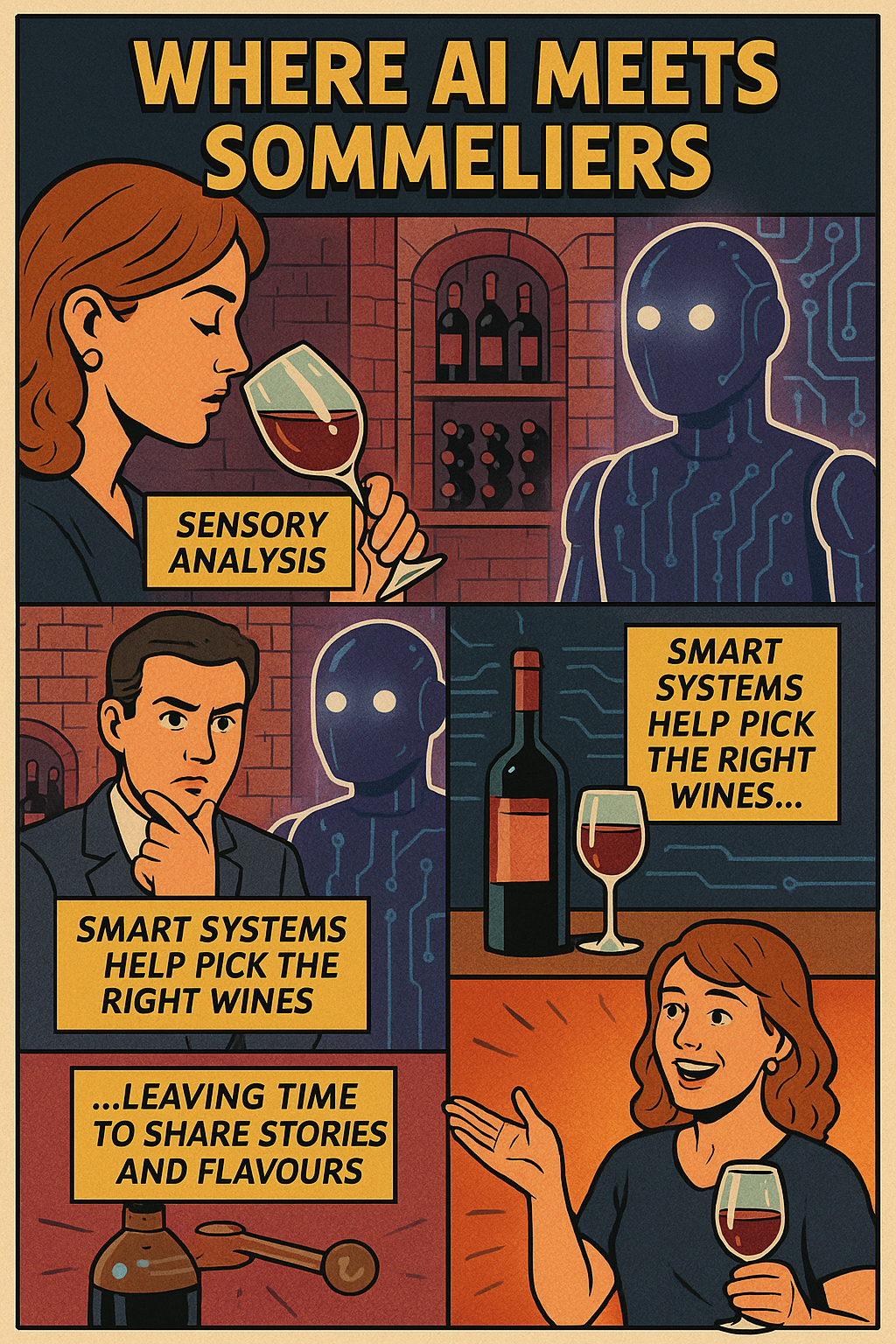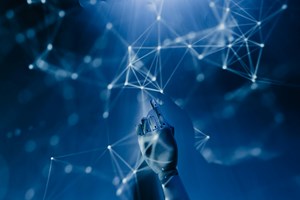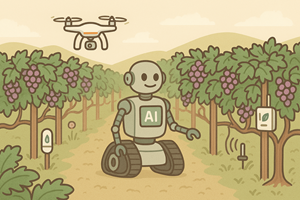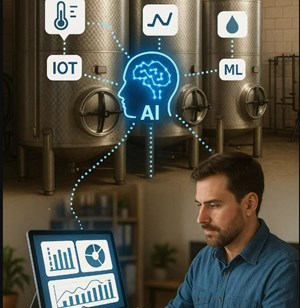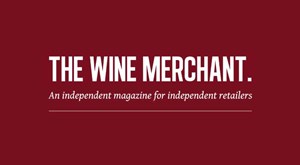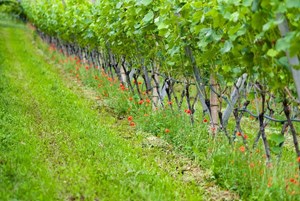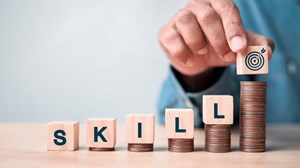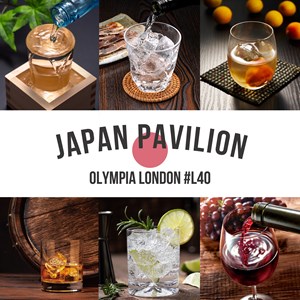In this final article of the AI in Wine series, we move from vineyard and winery to arguably the most crucial part of the wine value chain: the consumer. The rapid rise of AI and data analytics is transforming how wine brands understand, predict, and engage with their audiences. The recent boom in Generative AI has given the public access to tools once reserved for data scientists. With adult attention spans shrinking and competition for engagement growing fiercer, understanding the consumer has never been more vital.
Why Data-Driven Consumer Insights Matter
Wine marketing has always been about storytelling, experience, and emotion. But in today’s global marketplace, understanding who your customer is and how they behave has become both an art and a science. First-party data from DTC platforms, online reviews, social media, loyalty schemes, and even smart packaging (such as QR codes scanned at the point of purchase) provides a rich stream of insight to answer questions such as: What regions are trending? Which tasting notes resonate? What meal pairings are most enticing? What price points turn browsers into buyers?
AI-Powered Personalisation and Discovery
One of the most exciting developments is AI-driven personalisation. Imagine recommendation engines like those used by Netflix or Spotify—but for wine. These systems analyse past purchases, reviews, and even palate preferences to deliver intelligent, tailored suggestions. Some digital marketplaces now even offer “flavour profiles” or “taste journeys” that evolve with each customer interaction, allowing for personalisation while reducing advertising fatigue.
AI also enables smarter audience segmentation: distinguishing the casual weeknight drinker from the trend-conscious collector, or the sustainability-driven millennial. Product offerings, marketing messages, and even packaging can be tailored accordingly, and efforts measured using KPIs aligned with your business goals.
Trendspotting with Machine Learning
Machine learning models trained on global consumption data can identify emerging wine trends across markets. Are no/low-alcohol wines gaining traction in the UK? Is orange wine becoming the drink of choice in urban US centres? Are Gen Z consumers drawn to alternative packaging like cans and pouches? AI can help identify these signals early, giving producers a competitive edge.
If you’re a smaller producer, you can adapt these questions to suit your audience more specifically.
Social listening tools powered by natural language processing (NLP) provide real-time feedback from online platforms—analysing thousands of reviews, tweets, and posts to gauge sentiment and trend direction. Decisions can then be made in real time, rather than months after a campaign.
Consumer Trust and Sustainability
Transparency has become a key purchasing factor. Consumers want to know how their wine was made, where the grapes were grown, and whether sustainable practices were followed. AI and blockchain are increasingly used to trace a bottle’s journey from vineyard to shelf. Smart labels now tell the story in seconds—from soil type to water usage. Transparency builds trust. And trust builds loyalty.
With younger generations prioritising sustainability, sharing the details of your efforts could become a strategic advantage.
Practical Steps for Producers
For those looking to harness these tools, here are a few practical starting points:
● Start small: Use existing data from online reviews, POS systems, or DTC platforms to identify early patterns.
● Use basic analytics tools: Google Trends, social listening software, or even Excel dashboards can yield meaningful insights—especially when reviewed regularly.
● Partner with tech platforms: Collaborate with companies offering customer profiling, personalisation, or supply chain tracking.
● Trial smart packaging: QR codes or NFC tags can lead consumers to engaging digital content—even augmented or virtual reality experiences.
● Upskill teams: Build internal understanding around data-driven decision-making, encouraging employees to experiment with AI tools in their daily roles.
What’s Next?
The wine industry is not immune to the broader shifts in global consumer culture. As AI becomes more accessible and affordable, more producers will begin tapping into data-led insights to stay ahead.
One area we haven’t yet covered—but one I feel strongly about—is education. Wine education, and wine literacy more broadly, will be transformed by Generative AI in the coming years.
Additionally, all the images used in this series have been generated using prompts via the GPT-4.0 Mini model on ChatGPT. Imagine what you could create if you trained a custom version of GPT to generate bespoke, comic-book-style visuals for wine education. All it takes is the right prompt—but that’s a story for another series. (P.S. The images for this article were generated by a custom-trained GPT model, specifically for LWF - check it out here: https://chatgpt.com/g/g-681be9f3c58c8191819586c69cac909f-wine-fair-comics)
I’d like to close this series with a quote frequently mentioned at The Economist’s AI for Innovation forum:
“AI won’t take your job—but someone using AI will.”
I hope this series has sparked ideas about how your vineyard, winery, cellar, or buying operation could be enhanced by AI, and that you feel more optimistic—and less intimidated—about the road ahead.
If you’re still feeling unsure, don’t worry. Drop me a message on LinkedIn, subscribe to my Substack, or follow me on Instagram—I’ll be happy to help guide you to the right solutions.
Though I won’t be at this year’s London Wine Fair—as I’ll be speaking on AI in Wine at the South Africa Wine Summit in Stellenbosch—I wish you a brilliant few days.
Cheers,
Joanna
